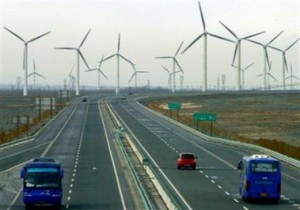Suzlon Energy, has signed a MoU with the Andhra Pradesh government for setting up of capacities to generate about 3,000 mw of wind power till 2016. The proposal entails an investment of about Rs18,000 crore.
Under the MoU, which was signed at the recent Partnership Summit in Hyderabad, the state government will facilitate Suzlon in obtaining necessary permissions, registrations, approvals and clearances for the development of wind farms in the state.
Suzlon, in turn, will play the role of a developer and facilitate the channelisation of investments into the state from its customers investing in wind energy.
Tulsi Tanti, chairman, Suzlon Group, said, “This not only reinforces Andhra Pradesh’s position as one of India’s emerging markets in wind energy, but also illustrates their commitment to power a low-carbon economy by embracing progressive policies to power rapidly growing economy of the state.”
The agreement covers the development planned in the districts of Tallimadugula, Alankarayanipeta, Gandikota, Vajrakarur, Tirumalayapalli and other parts of Andhra Pradesh. Andhra Pradesh is a key emerging wind market in the country, with medium to low wind sites ideally suited to Suzlon’s new S9X suite of turbines.
The state government, according to sources, is keen on making use of the proposal to develop a model for setting up of renewable energy sources and focus on developing clusters of wind and solar farms.
![Suzlon Energy Signs MoU With AP Govt For 3,000mw Power Projec Suzlon Energy, has signed a MoU with the Andhra Pradesh government for setting up of capacities to generate about 3,000 mw of wind power till 2016. The proposal entails an investment of about Rs18,000 crore. Under the MoU, which was signed at the recent Partnership Summit in Hyderabad, the state government will facilitate Suzlon in […]](http://www.renewablesmart.com/wp-content/uploads/2012/01/suzlon-company-logo.jpg)
![Suzlon planning new wind project in south Australia Wind power company Suzlon Energy is planning a USD 1.3 Bn project in regional South Australia to power 225,000 homes a year. Suzlon Energy Australia said the USD 1.3 Bn wind farm will be built 20 kilometres South-West of Ardrossan, a small town on the East Coast of the Yorke Peninsula. It said up to […]](http://www.renewablesmart.com/wp-content/uploads/2011/08/wind_power_project-750x500.jpg)
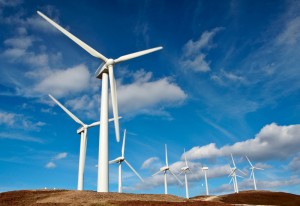
![US Approves Blythe Solar Power Project The biggest solar project that plans to provide power to more than 3,00,000 homes in southern California was permitted by the US interior department. The US$6 Bn, 1,000MW project, a joint venture of Solar Millennium AGand Ferrostaal AG, will be located on federal lands near Blythe, in the southern tip of California. “The Blythe Solar […]](http://www.renewablesmart.com/wp-content/uploads/2010/10/Solar-Millennium-Blythe-solar.jpg)
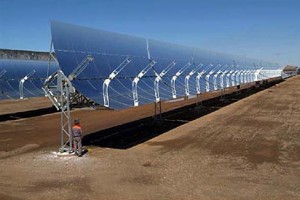
![More deals of renewable energy in pipeline The rapidly growing Indian renewable energy sector is likely to witness increased business deal making activities in near future, according to global consultancy Deloitte. “The trend in deal making activities in the renewable energy sector will continue going forward. The increased interest is not only a necessity in order to acquire technologies, but has also […]](http://www.renewablesmart.com/wp-content/uploads/2010/10/india-renewable-energy.jpg)
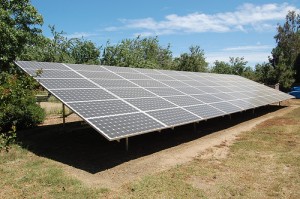

![Wind energy sector in India Wind energy sector in India is all set to add over 5,000 MW generation capacity per annum by 2015, a top official of the Indian Wind Turbine Manufacturers Association has said. “With the availability of new technology through powerful and taller masts, the total potential can be pegged at about 1.2 lakh mw,” said D […]](http://www.renewablesmart.com/wp-content/uploads/2010/05/india-wind-energy-outlook.gif)


![Solar PV modules in India touches 1250MW The capacity of photovoltaic cells and modules in India is estimated to cross 750MW and 1250MW by the end of year 2010 as per report “Solar PV Industry 2010: Contemporary Scenario and Emerging Trends”. The report was released by R Chidambaram, principal scientific adviser, government of India, chief guest for the function with professor Juzer […]](http://www.renewablesmart.com/wp-content/uploads/2010/05/solar-photovoltaic-india-750x500.jpg)
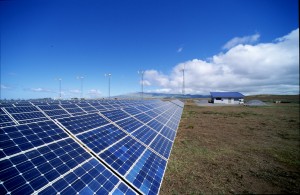



![Energy from waste can supply 50% renewable energy target by 2020 The study “Renewable energy, landfill gas and energy from waste: now, next and future,” by the Centre for Resource Management and Efficiency at Cranfield University also claimed that there is very good potential in using biomethane derived from landfill gas and anaerobic digestion as a fuel in road vehicles. It also said that deploying small-scale […]](http://www.renewablesmart.com/wp-content/uploads/2010/05/energy-from-waste.jpg)

![China’s ‘renewables first’ energy legislation China’s legislature has amended a 2006 law to call for grid operators to procure all the electricity produced by renewables. The amended law will hugely benefit wind farms in remote regions of the country, and could spark a drive towards smart grid technology. In doing so, China joins a growing list of countries that already […]](http://www.renewablesmart.com/wp-content/uploads/2010/01/China-renewables.jpg)
